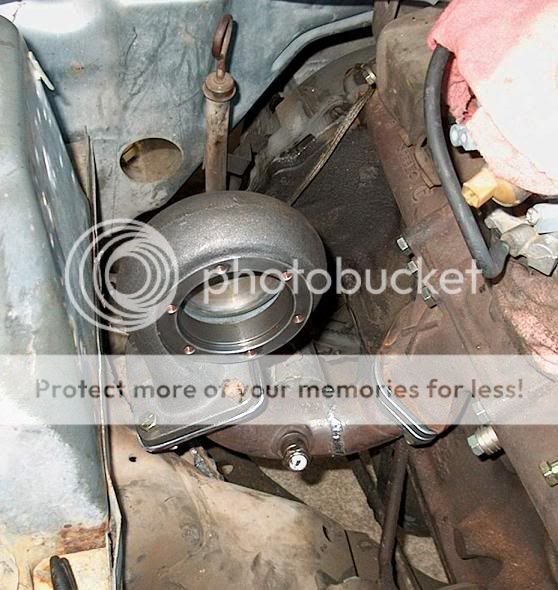well this conversation has so far been pretty interesting. I'm going pretty much with the theory that when i install a v8 rear end and a 3.03 i will probably end up with taller gears as it is (i'm 90% certain i have a 3.5 rear end right now) so that will help a bit in mileage, well theoretically.
I've gotta get this thing broken in though (almost done), and that 3.03 installed soon though cause i keep getting people who want to race it from stoplight to stoplight.
So far a GMC envoy learned not to mess with it on a stop light run, and some teens in a station wagon got embaressed when jumped off the line ahead of me (they had an automatic, and i didn't know they wanted to race), long story short my falcon caught up with em pretty quick.
darn though i'm just so worried i'm gonna fry that 2.77. My dad split one in half with a 144 powershifting it when he was my age.
Another question though for you guys to give an opinion on. What sort of methods do you recommend for making the manifold accept it? I know that chrysler guys just splice the manifolds togethor, but i've seen some ways on it here. The two i can think of would be a J-pipe (which i don't fully understand) or a direct mount (looked simple, but wouldn't heat be a problem?)



